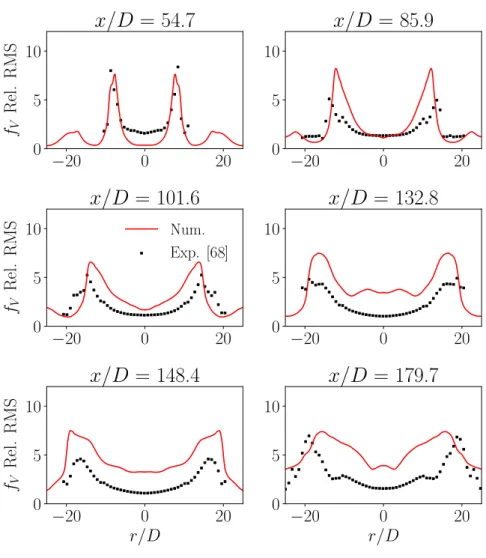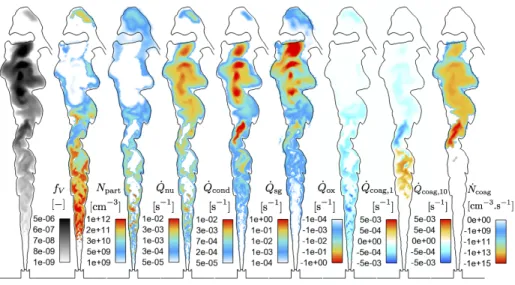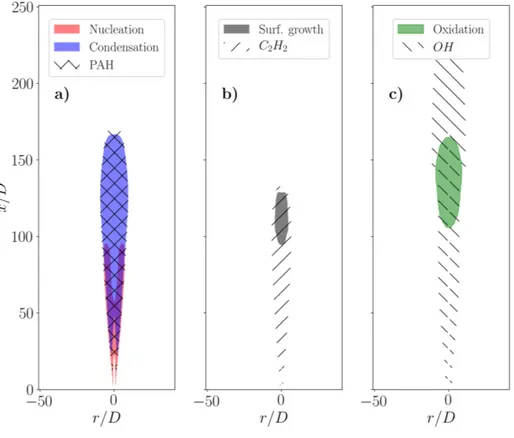Coupling an LES approach and a soot sectional model for the study of sooting turbulent non-premixed flames
Texte intégral
Figure
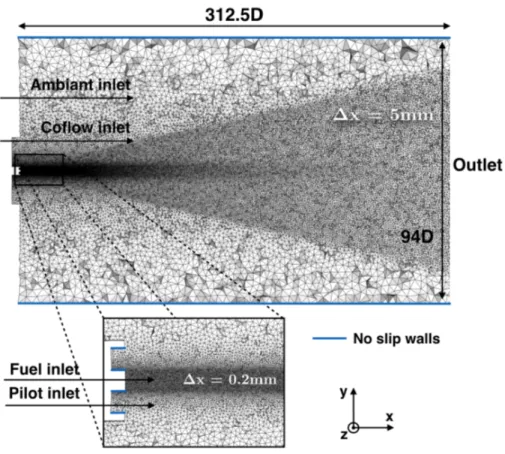
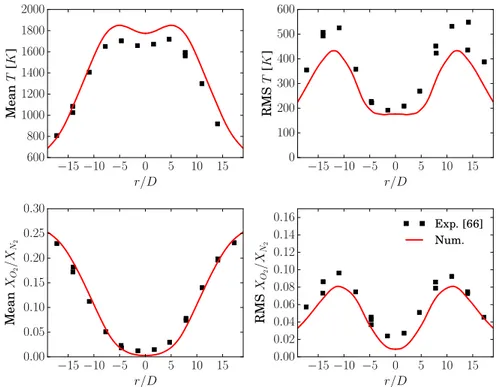
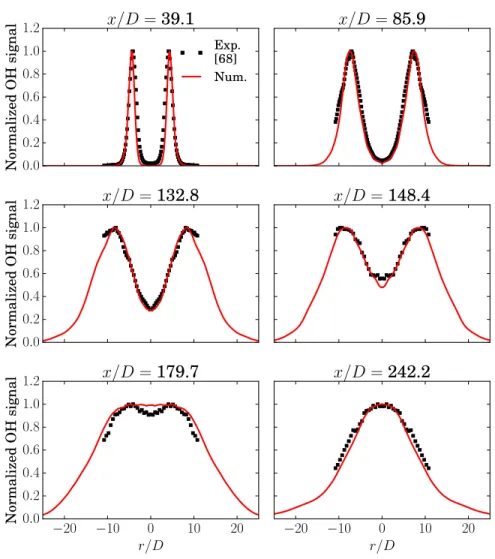
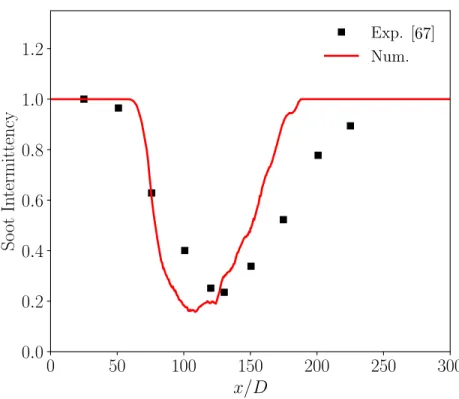
Documents relatifs
Alternatively, phase-shifted FBGs can be fabricated using infrared (IR) femtosecond (fs) lasers. The primary techniques in this case are based on point-by-point/line-by-line writing
Interestingly, the AR of the smallest particles were always very similar whatever the configuration and milling time considered (particles below 100 μm in Figure 5b and below 40 μm
3.2.3 Forecasting future land use is intended to provide a representation of the composition of the future urban environment. It is necessary in the production of
Especially section 2.4 on risk management (as the largest section in chapter 2) demonstrates this approach: Subsection 2.4.1 gives a general introduction to risk
We develop an efficient numerical method to approximately evaluate the marginal likelihood function of the hyperparameters for large-scale problems, based on a low-rank approximation
Contents Background Context for the study Methods and data Chronological analysis
Three types of acoustical measure were considered as predictors of speech intelligibility scores: Steady-state sig- nal-to-noise measures; measures derived from earlyAate-ar-
les plus grands changements en matière d’indices morphologiques des nageurs de notre échantillon et qui coïncide avec l’âge de (14-16 ans). LES


